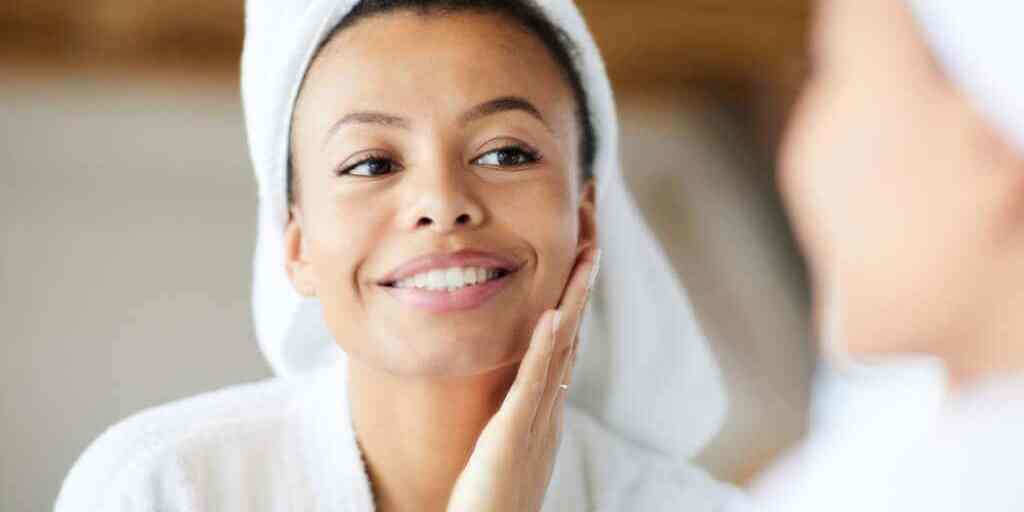It’s common for acne or rosacea to be confused with one another when red, blotchy patches on the face appear. While the two skin conditions share some common characteristics, they are very different from one another. Read on to find out how to tell if it’s rosacea or acne and what can be done about it.
Five Symptoms of Rosacea
Rosacea has many symptoms that can help differentiate it from other skin conditions such as acne. Here are five common symptoms associated with rosacea:
1. Burning Sensation
A burning sensation on the face which can be quite uncomfortable for some people who suffer from this condition.
2. Easily Irritated Skin
Skin can become easily irritated when exposed to certain products or environmental factors such as wind or cold temperatures resulting in redness and flushing of the skin.
3. Red Patches
Small red patches may appear on the face which are caused by dilated blood vessels under the skin.
4. Swollen Nose
In severe cases, swelling can occur around the nose due to inflammation of the surrounding tissue.
5. Eye Irritation
Eyes may become dry and irritated if left untreated for too long which can result in vision problems if not taken care of immediately.
Can Rosacea Look Like Hormonal Acne?
Yes, it is possible for rosacea to look like hormonal acne due to its similar appearance on the surface level. However, there are key differences between these two conditions that make it easy to tell them apart once diagnosed correctly by a dermatologist or doctor who specializes in this field. An experienced professional will be able to tell the difference between rosacea and hormonal acne. Book a free consultation today.
For example, hormonal acne tends to have more pustules than lesions that are associated with rosacea. Hormonal acne is also more sensitive than regular acne breakouts due to hormones affecting our sebum production differently compared to other types of bacteria responsible for regular breakouts caused by dirt or lack of skincare routine. Treating hormonal acne differs from rosacea treatment.
Hormonal acne often appears near our jawline whereas rosacea tends to manifest itself more around our cheeks and forehead area instead, making diagnosis easier upon closer inspection!
Characteristics of Papulopustular Rosacea AKA Acne Rosacea
Papulopustular rosacea is commonly misdiagnosed as acne but is actually a type of rosacea. It presents itself as an outbreak of pimples that look like regular acne but are actually caused by inflammation.
The key characteristics of this condition include “whitehead” pustules, which are pus-filled blemishes, and red, swollen bumps. Often these are on the cheeks, chin, and forehead. Some people may experience facial redness and flushing.
How to Treat Acne Rosacea
When trying to distinguish between rosacea and acne, it is important to recognize their different characteristics to know what kind of treatment plan works best for each condition respectively since they both require different methods of care.
By understanding key points about each condition, it’s easier to accurately identify what type of breakout the skin has to get started on finding relief quickly.
Treatment for acne vs rosacea can differ depending on the skin condition, what kind of acne or rosacea, and daily habits. The best treatment for rosacea may include anti-inflammatory drugs or our Blue Lotion Probiotic Night Treatment.
However, there are other methods to take care of sensitive skin, such as staying out of the sun or avoiding spicy foods. People often notice when skin issues get worse when they eat certain foods. Acid producing foods can aggravate rosacea, such as wine, pizza, certain sauces, coffee, alcohol. Referring to alkaline-to-acid food charts can be a helpful reminder to ingest foods that will not irritate skin conditions.
Always consult a dermatologist or a professional before attempting any sort of self-treatment regimen since they’ll be able to give definitive answers about skin conditions after running tests accordingly. Combat rosacea or acne today!




